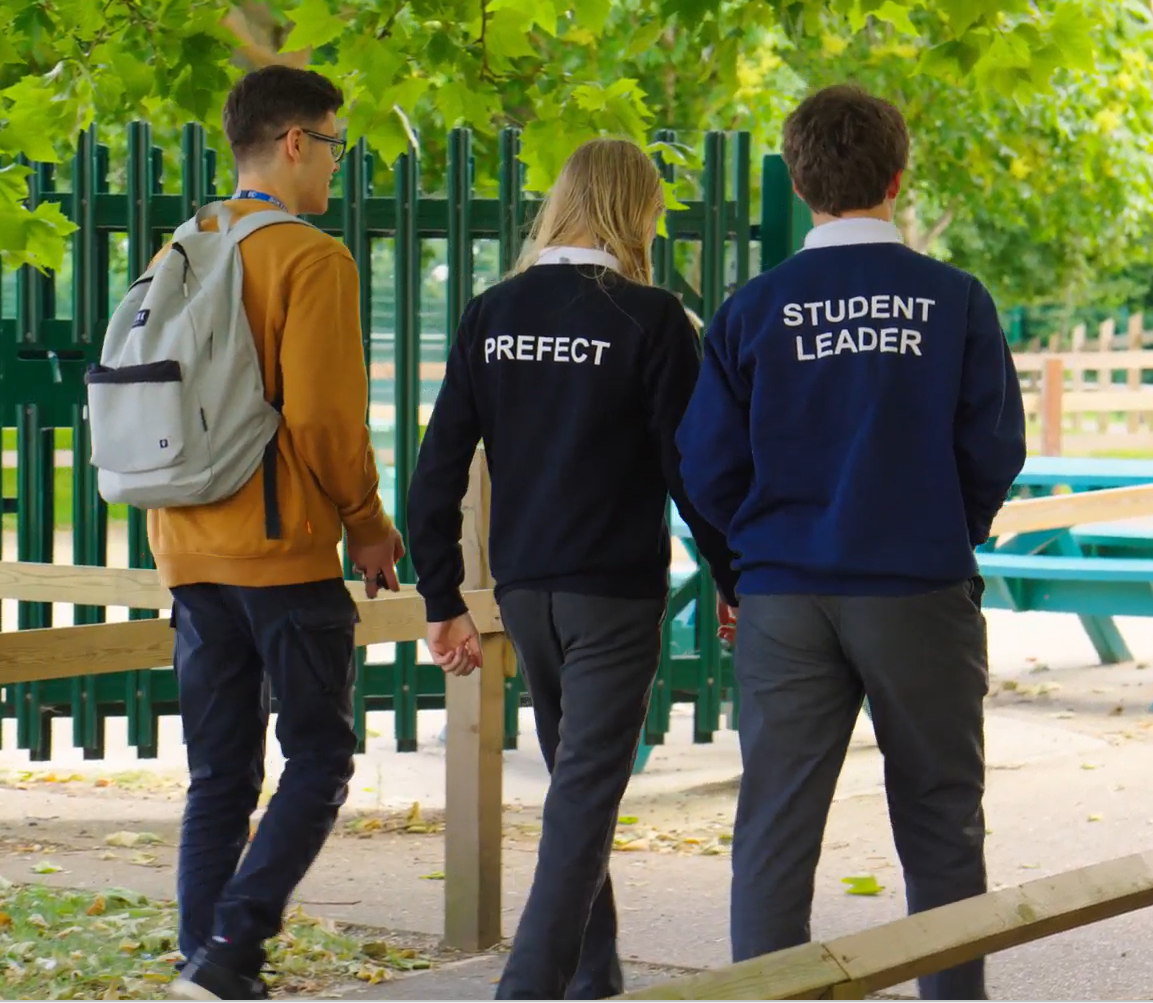Student Voice
Student Voice is about people. Any student in any classroom in any year, has a voice that should be heard in school. Student Voice allows students to share who they are, what they believe, and why they believe what they do with their peers, parents, teachers, and their entire school. At Copleston we care about what the students think and take time to listen to their views. The views of a selection of students from each year group are collected each month by a senior member of staff. These views range from teaching and learning to the school facilities. The safeguarding lead and another member of SMT also meet a group of students from different year groups weekly to discuss a wide variety of matter and reflect student views on safeguarding, posters, assemblies, sexual health, social time and help advise on any changes that they feel could be made.
Student Voice is also gathered in dozens of ways in classrooms and schools such as: the school Council, Year Councils, Student Leaders in Year 11, Sixth Form Senior Leaders, use of the VLE (SharePoint) and electronic suggestion boxes, student voice questionnaires and the ongoing use of student voice in lessons to enhance learning. At Copleston we value young people and give them ownership of their learning and opportunities to make a difference.
Student Leaders and prefects
At Copleston, we believe that students flourish when given the opportunity to lead and to act as role models to younger students. For a number of years, we have successfully run the Student Leader Programme, allowing students in Year 11 to be given specific roles and responsibilities around school. This year, we have 90 Student Ambassadors, who have been divided into nine teams, and nine Prefects, with each person being responsible for a team. They are easily identified by their jumpers, with Ambassadors wearing blue and the Prefects wearing black.
Throughout the year, all Student Leaders are given the chance to support different events across school both during the school day and later. This can include helping at Parents Evenings, Information Evenings, Lunch Time Clubs and Charity Events, to name just a few. One of the biggest responsibilities is in helping the Year 7 cohort who make the transition from Primary to Secondary School. To support students with this, 2 or 3 Student Ambassadors are attached to each form, and they help the students with moving around school in their first 2 weeks. After this time, the Student Ambassadors are a familiar face around school, and many Year 7s will continue to see the Ambassadors, either in lunchtime clubs that they may be running, or as part of the mentoring programme.
Most of our Student Leaders are involved in extra-curricular activities including sport, dance, music, art and drama. They show a willingness to become fully immersed in school life, and are proud of their school. They demonstrate the highest standards of behaviour and uniform, and have a positive attitude towards their studies. They are reliable and good at time management, forming positive relationship with students and staff. This year, we have also opened up the programme to include Sixth Form Students. We currently have 10 Senior Prefects from Year 12, who regularly liaise with Team Six (including the Head Boy and Girl) and the Year 11 Prefects, creating a bridge between the Main School and Sixth Form.
By representing the school, the students are given opportunities to practise and showcase new skills that they are developing, such as mentoring, self-confidence, public speaking, team building, collaborative working and problem solving. These skills are incredibly important for future employers and further education, and students are encouraged to use these examples for Sixth Form and College applications. We are incredibly proud of all of our Student Leaders, and hope that other students aspire to reach this level when they reach Year 11.

Student Voice in Learning and Teaching
During lessons is a prime opportunity for teachers to review the process of learning. It is absolutely essential that all students can demonstrate the progress that is made and that the teachers can assess it. This can be verified though student voice. There are many different tools that the teacher can use in conjunction with the student to ascertain how well they have learned new knowledge or acquired new skills and attributes. Some of the strategies which teachers here at Copleston employ are: the thought wall, traffic lighting – red (I do not understand) amber (I understand some of it) and green (I understand). The teacher can then work with the different groups to ensure full understanding; this could involve the more confident pupils mentoring those who had not fully understood whilst the teacher spends time with the red group, to ensure all pupils are making progress.
Additional strategies teachers use to elicit student voice are:
- Use of visualisers and dialogue
- Exit Tickets
- Displays
- Wall Wisher
- Live marking and assessment discussions
- Mini whiteboards
The student council also provides a powerful tool for students to share their thoughts and views. These are often acted upon and posters around the school share what changes have been made as a result of such meetings.







